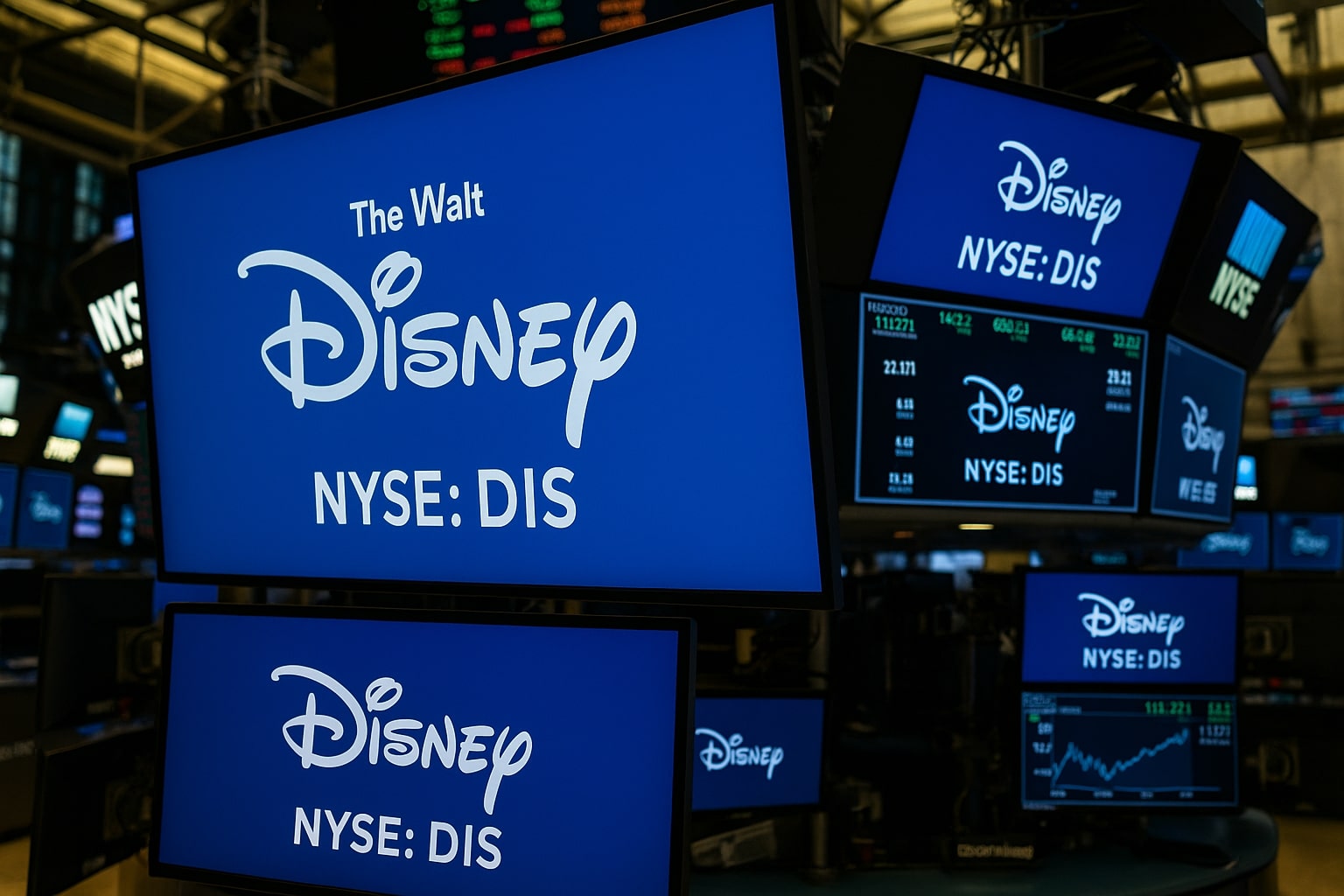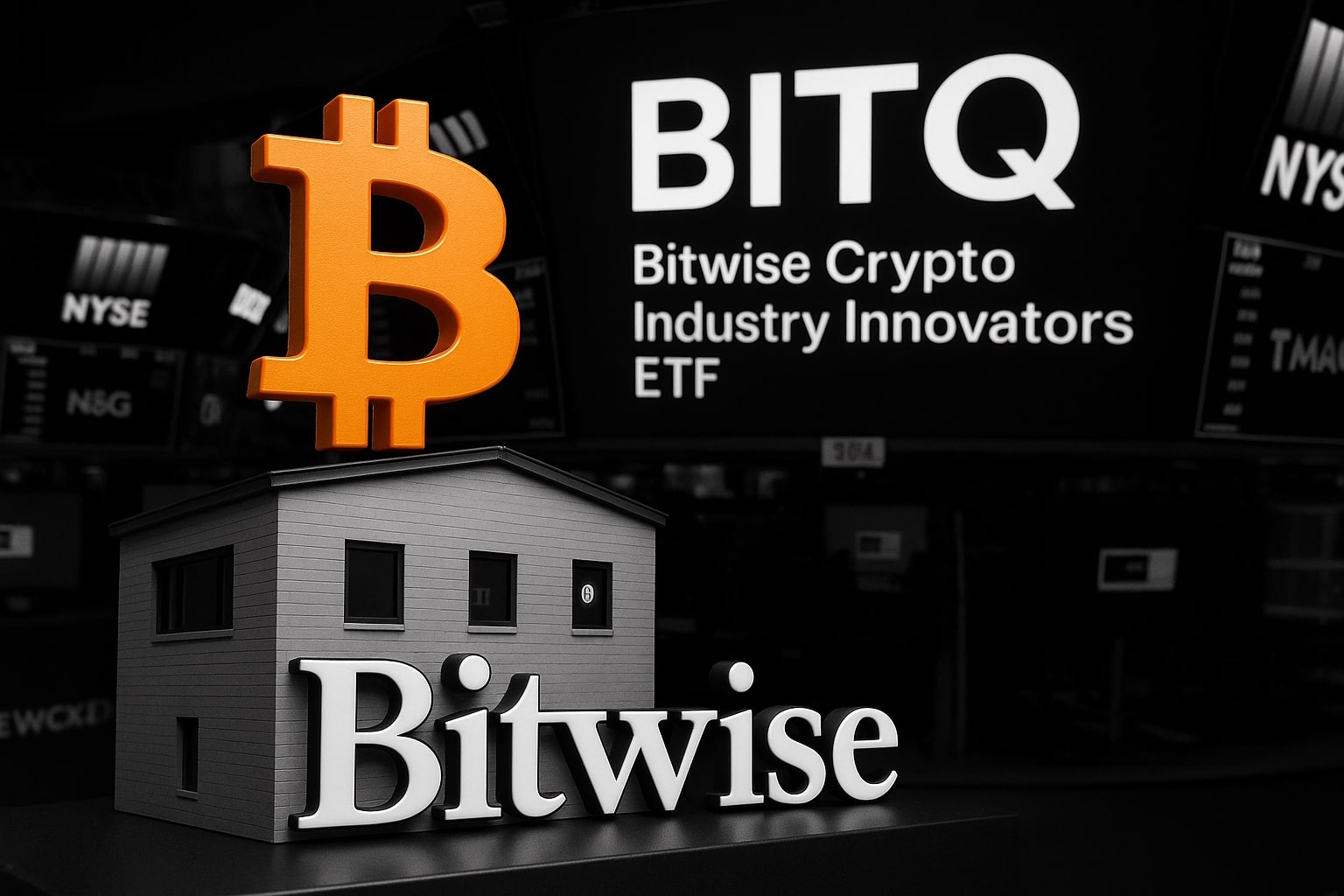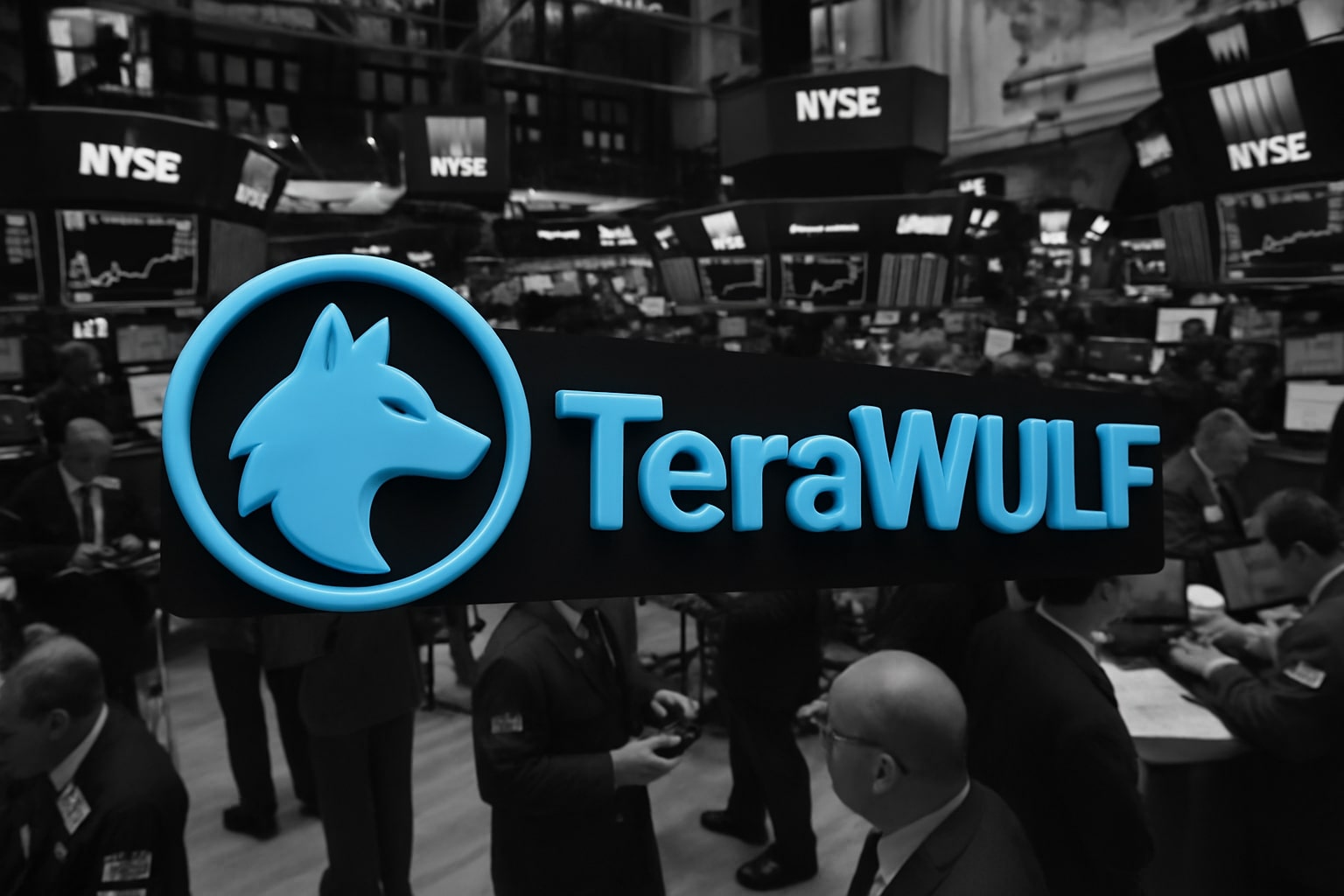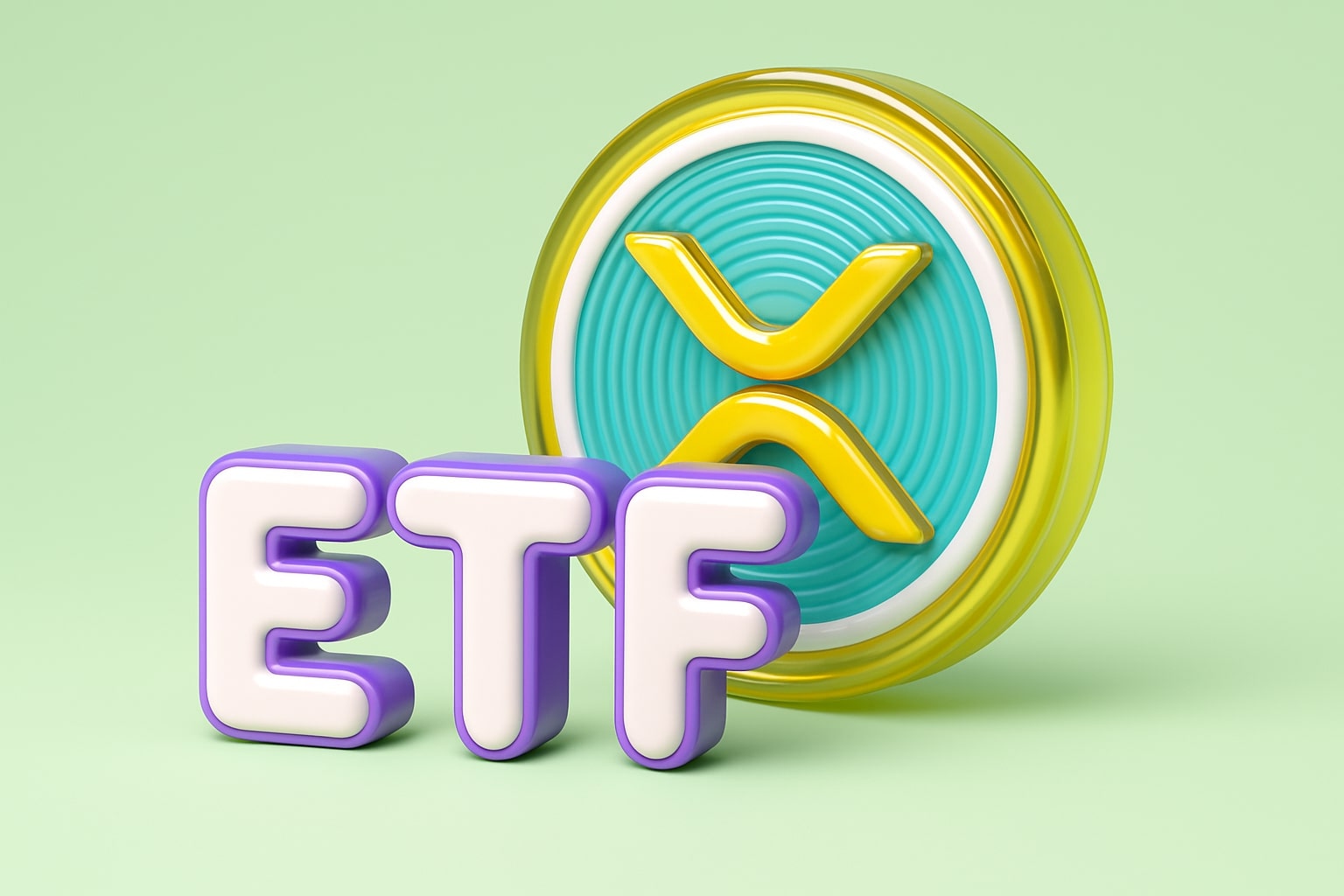
Disney Breaks Out on $23.6B Revenue — Can NYSE:DIS Stock Smash Past $120?
With streaming profits, park expansion, and $1.81 EPS, is Disney finally heading toward $145? | That's TradingNEWS
Walt Disney (NYSE:DIS) Is Gaining Momentum Through Parks, Streaming, and Strategic Expansion
Walt Disney Co. (NYSE:DIS) is showing renewed strength in 2025, fueled by resurgent free cash flow, operational efficiency, blockbuster park attendance, and aggressive international expansion. The company reported $23.6 billion in revenue in fiscal Q2 2025, a 7% YoY increase, accompanied by a 15% jump in operating income to $4.4 billion and a staggering EPS rebound to $1.81, up from a loss of $0.01 last year. Adjusted EPS rose 20% to $1.45, reflecting a decisive turnaround in execution and profitability across key segments.
Parks and Experiences Anchor Disney’s Profit Surge
The Parks, Experiences and Products division continues to outperform, generating $8.88 billion in revenue, up 6% YoY. Domestic parks saw robust traffic, increased cruise passenger days, and higher guest spending per capita. This segment, long undervalued relative to Disney’s media footprint, has quietly become the company’s largest and most consistent earnings driver.
Disney’s multi-year $60 billion investment plan into its parks over the next decade is central to its strategy. This includes a newly announced park in Abu Dhabi, described by Chairman Josh D’Amaro as the “most advanced and interactive” in Disney’s global portfolio. Alongside expansions in Shanghai, Hong Kong, Paris, and domestic projects like Villains Land in Orlando and Avatar-themed attractions in California, Disney is doubling down on experiential assets—cementing a pricing moat in an era where physical immersion remains unmatched by streaming rivals.
Streaming Turns Profitable As Subscriber Base Grows
The Direct-to-Consumer segment reported $6.11 billion in revenue, up 8% YoY. Disney+ added 1.4 million new subscribers, reaching 126 million, while Hulu rose to 54.7 million. After years of burning cash to acquire market share, Disney has pivoted to profitable subscriber growth, leveraging cost synergies, bundling (including ESPN+), and exclusive IP distribution.
This segment is key to Disney’s future: bundling ESPN+ with Disney+ and Hulu creates a new version of “cable,” controlled by content owners instead of middlemen. Disney’s long-term goal is to scale this into a cash-flow machine to match—and eventually replace—the company’s legacy Linear Networks, which saw a 13% revenue decline to $2.4 billion this quarter.
Sports Is the Wild Card—Still Critical, Yet Risky
Disney’s Sports segment, primarily ESPN, remains relevant but structurally separate from its core IP-driven ecosystem. Revenue increased 5% to $4.5 billion, driven by higher ESPN+ pricing. However, linear subscriber losses continued, with ESPN down 3% to 24.1 million subscribers.
Plans to integrate ESPN with sports betting and immersive content (possibly through Epic Games and Fortnite’s ecosystem) hint at future monetization routes. But rising content acquisition costs and declining traditional viewership mean ESPN must evolve quickly to justify its weight on the balance sheet.
Content Still Matters—But Hits Are Supplements, Not Anchors
Contrary to market misconceptions, films are no longer Disney’s primary profit engine. Content revenues in the licensing division remain modest, and their role has shifted to marketing park experiences and merchandise ecosystems. That said, recent successes like Lilo & Stitch ($183M US / $341M global) and even second-tier releases like Thunderbolts ($76M US / $162.1M global) reinforce the importance of IP refresh cycles.
While streaming and parks provide recurring revenue, hits drive global attention. Disney is walking a tightrope between saturation and relevance—each release must carry strategic value beyond box office figures.
Cash Flow Recovery Signals Return to Form
Disney's cash position is finally catching up with its operating improvements. After years of pandemic-related drag and upfront streaming investments, the company has returned to strong free cash flow, aided by reduced capex, cost optimization, and revenue scale across multiple engines. Second-quarter results confirmed this shift, with free cash flow rebounding sharply from 2020–2022 levels.
This financial recovery gives Disney breathing room to expand, innovate, and navigate near-term macro risks—including content flops, consumer discretionary weakness, and political uncertainty. With streaming turning profitable and park margins widening, cash flow should scale meaningfully through FY2026.
Insider Sentiment and Institutional Moves
A review of insider transactions shows confidence-building moves from Disney executives in Q1 and Q2 2025. No major insider sell-offs occurred around earnings. Meanwhile, institutional support remains intact, with Disney maintaining a market cap near $210 billion and forward P/E around 21.6x, still below pre-pandemic levels.
Technical Levels Suggest Major Breakout Potential
Disney’s stock is currently consolidating near $110, after bouncing off the $96–$100 support zone earlier this year. The $120 mark has been a critical resistance level for over a decade, only breached during 2019–2020, before Covid disrupted momentum. A confirmed breakout above $120 could set up a rally toward $140, with long-term resistance levels clustered near $145–$150.
Monthly candlestick patterns suggest Disney may be entering a multi-quarter uptrend, reinforced by institutional accumulation and strong fundamental improvements.
Verdict: NYSE:DIS Is a BUY as Diversification Fuels Multi-Engine Growth
Based on operational momentum, expanding free cash flow, growing streaming profitability, and unmatched park assets, NYSE:DIS is a BUY with a 12–18 month upside target of $138–$145. Risks remain—particularly in content execution and macro softness—but Disney’s diversified business model offers downside protection and optionality that few entertainment peers can match.
Investors should watch for confirmation of a breakout above $120, subscriber growth in Q3/Q4, and park attendance metrics through the summer cycle. If these drivers hold, Disney could not only reclaim its pre-Covid valuation but also surpass it—off the back of a more profitable, more disciplined, and more international business than ever before.
That's TradingNEWS
Read More
-
BITQ ETF Soars 66.55% as Bitcoin Blasts Past $124,000 — Crypto Equities Lead 2025 Rally
13.10.2025 · TradingNEWS ArchiveStocks
-
XRP ETFs XRPR, XRPI Slip as Ripple XRP-USD Holds $2.62 — SEC Fast-Track Could Ignite $20B
13.10.2025 · TradingNEWS ArchiveCrypto
-
Natural Gas Price Forecast - NG=F Steadies at $3.00 as U.S. Export Boom Tests Old Fields
13.10.2025 · TradingNEWS ArchiveCommodities
-
USD/JPY Price Forecast - Dollar to Yen Climbs to ¥152.28 as Japan’s Political Shakeup
13.10.2025 · TradingNEWS ArchiveForex


















